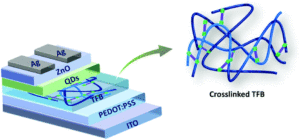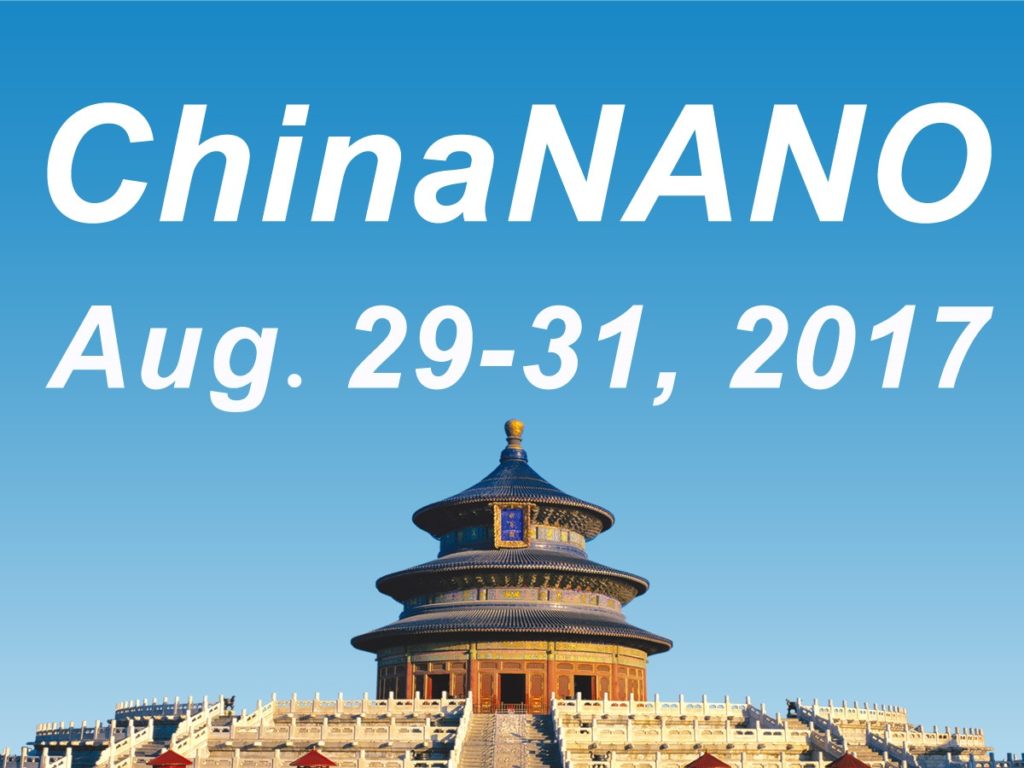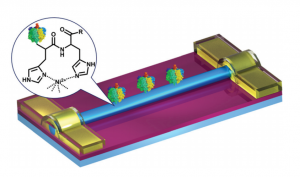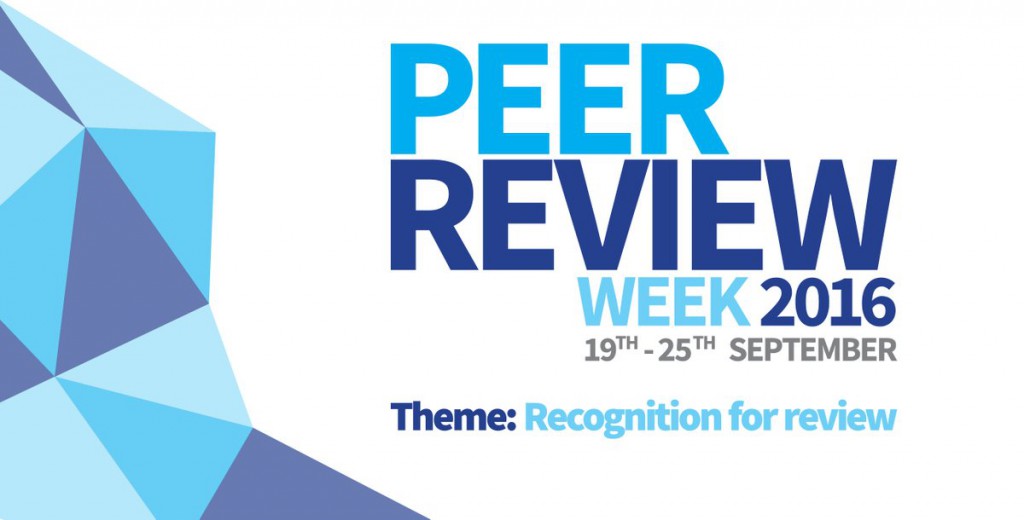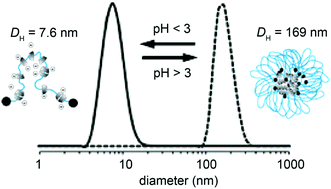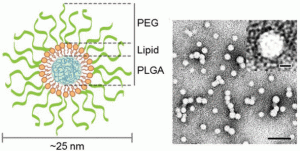Congratulations to our Associate Editor, Professor Xiao Cheng Zen, who has been awarded the Royal Society of Chemistry Surfaces and Interfaces Award for 2017 for his development of a unified theory to understand the relationship between structure and properties of nanoscale materials at surfaces and interfaces.
Xiao Cheng Zeng is currently at the University of Nebraska-Lincoln, where his main research interests cover the physical chemistry of confined water, ice, and ice hydrate in nanoscale; ions and radicals at air/water interfaces; heterogeneous catalysis on supported gold clusters; and computer-aided design of low-dimensional materials including liganded gold clusters and perovskite solar-cell materials.
He is the recipient of many awards, and is a fellow of the American Association for the Advancement of Science (AAAS), the American Physical Society (APS), and the Royal Society of Chemistry (FRSC). He has published 475+ articles in refereed journals (Google Scholar h-index: 70; citations 17000+). Four articles were featured in Chemistry World (RSC) and ten papers were featured in Chemical & Engineering News (ACS).
Professor Xiao Cheng Zen has been an Associate Editor for Nanoscale since 2012, and we congratulate him for his success!












